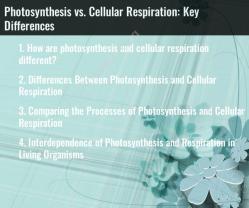How do you know if a phenomenon is random?
Determining whether a phenomenon is truly random can be challenging, and it often requires statistical analysis and testing. However, there are some characteristics and observations that can suggest randomness in a phenomenon:
Lack of Predictability: In a truly random phenomenon, it should be impossible to predict the next outcome with certainty. If outcomes can be predicted accurately, it's likely not a random process.
No Discernible Pattern: Random phenomena should exhibit no discernible pattern or regularity in the outcomes. If there is a repeating pattern, it may not be random.
Independence: Random events are often independent of one another. This means that the outcome of one event does not influence or affect the outcome of the next event. For example, the outcome of a coin toss is independent of the previous toss.
Equal Probability: In many cases, random events have equal probabilities for each possible outcome. For example, each face of a fair six-sided die has an equal chance of landing face up.
Consistency Over Time: A random process should maintain its randomness consistently over time. If a process becomes more predictable or less variable over time, it may not be truly random.
To rigorously test for randomness, statisticians use various statistical tests and analyses, such as chi-squared tests, runs tests, and autocorrelation tests. These tests assess whether observed data conform to the expected patterns of randomness.
It's important to note that some processes may appear random but still have underlying deterministic causes or hidden patterns that become evident with more extensive data or analysis. Therefore, establishing randomness often involves careful investigation and statistical scrutiny.













